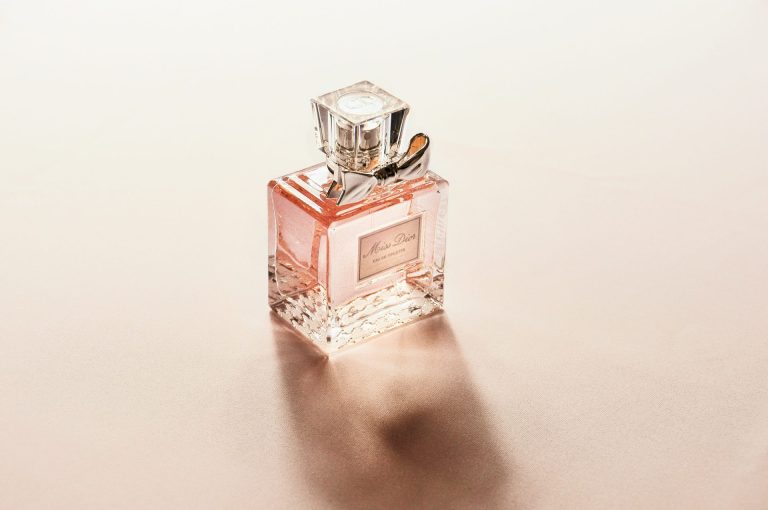The first time I saw Nahom and Ethan, it wasn’t on a night out – it was an early morning. I was shuffling through the half-awake crowd when my friend nudged me and said: “Oh, it’s Night School.” Mid-flyer handout for their May Day set, they turned to each other and burst into the kind of laughter that makes you feel you’ve made someone’s day – it was a little burst of joy between friends, the kind of smile you can’t fake. That spark was already familiar from their well-crafted Instagram reels: all sharp cuts, chaotic humour, and dance-floor euphoria. Seeing it in person immediately made me want to interview them.
When I meet them again a few weeks later, we’re stretched out on the grass, warm sunlight making the scene feel more like the end of a festival than the end of term.
“I taught myself to DJ in my gap year,” says Nahom, a second year law student at Worcester. “Sold my decks when I came here, thinking I’d be fine without them. By second year, I realised I missed it.”
Ethan, second-year PPE, started last summer after prelims. “I had nothing to do, so I bought a set of decks way above my skill level. My first mixes were awful – tracks that didn’t even go together. But eventually you find your genre and learn it inside out, and it just clicks.”
The two met early in first year and quickly became close friends. They started DJing together in Michaelmas when Mandeep, a Wadham third year Nahom calls “student DJ royalty”, brought them into a new collective. “She wanted a group of DJs who could do gigs together – that was the start of Night School,” says Nahom.
Their first experiment – a ‘Mitchell Boiler Room’ in Worcester’s off-site accommodation – was shut down by porters before 10:30. “We got deaned,” says Ethan with a grin. “That’s when we realised: we could either stay a student-house thing at the mercy of bureaucracy or take it into venues.”
The leap happened in Hilary with Lesson One, their first official launch night. A booking mix-up at the Bullingdon left them choosing between a smaller paid space, or the more expensive main room. “It was a gamble,” Ethan says. “We’d sold 153 tickets and needed about 300 more to break even. We ended up doing it, and realised the scale of what we could achieve.”
If the events gave Night School a stage, Instagram gave it a voice. “Honestly, it’s just fun for us,” says Nahom. “End of week nine last term, we spent a whole day on content and felt so proud of it.” Ethan admits they’ve stayed up late writing scripts and scouting locations, only to find the ideas fell flat in practice. “The best stuff comes when we just go out, no plan, figure it out as we go, and enjoy the editing afterwards. It’s become a creative outlet we didn’t expect.”
The name, luckily, was sorted early. “That was our friend Luca,” says Nahom. “Which was good, because some of the other contenders were horrific.”
When it comes to filling their line-ups, the process starts with the night’s concept. “If we know someone who fits, we ask them,” says Nahom. “Otherwise, we put a call-out in our WhatsApp group and the Electronic Music Society chat. The mixes are always amazing.” For an upcoming collaboration with The Isis, they’ve tailored the sound to the magazine’s audience – more avant-garde, leaning into techno and trance.
Platforming new DJs is something they take seriously. “Our friend Dylan only started recently,” Ethan says. “Probably from being around us. He opened at Lesson Two, played something completely different from our usual, and now he’s getting booked for it.”
Lesson Two remains a high point. “By then, people knew what to expect from us,” says Naham. “We could play exactly what we wanted.” Ethan’s pick for standout night is a mid-Hilary bop at the Bullingdon – their first time hearing themselves through the club’s massive speakers. “We even set off the fire alarm halfway through,” he laughs.
Oxford has shaped their path. If there’s one influence they keep coming back to, it’s Martian Moves. “Seeing them in first year, becoming friends with Mike from their team – that was huge,” says Nahom. “Without them, we couldn’t have done what we’ve done.” Ethan agrees: “They proved what’s possible here. The way they built a scene, looked after their DJs, and kept it feeling like a community – it set a standard. Mike’s been amazing with advice, from how to approach venues to how to run a night well. They opened the door for us.”
The lack of alternative student nights also gave them freedom to try something different. “That’s not to say Oxford doesn’t have good electronic music,” Ethan adds, “but there’s space for something new.”
The conversation drifts easily from Oxford to their bigger ambitions. London is the next step, though neither of them live there. “It’s daunting,” says Nahom, “but we’ll dabble this summer.” Dabble they did, and as the sun sets on their debut rooftop set in Shoreditch it’s clear that the London scene will be seeing them again. Ethan nods: “Oxford can feel like a bit of a vacuum – people leave after a few years. If we want Night School to last, we have to branch out.” His dream is a fortnightly event in Oxford next year, each one exploring a completely different genre. “That way, we can keep platforming new DJs, keep it fresh.”
Even with their vision for the future, they’re clear-eyed about what’s worked for them so far. “Stay true to the music you want to play,” says Nahom. “We did a lot of bops last term – great for getting our name out there – but there’s only so many times you can play a California Gurls UKG edit before you start to feel like you’re selling yourself short.”
Their musical tastes are distinct but complementary. “I’m the garage merchant,” says Nahom, grinning. “Bakey, Sammy Virji – I love digging up smaller underground tracks.” Ethan’s heart is in ’90s Manchester acid house and the current jungle revival. “Limited tools force you to be more experimental,” he says. “It’s better to really know one sound inside out than try to cover everything.”
The talk of tools brings them to the reality of student DJing. “We play on DDJ-400s,” Nahom says. “My Lesson Two set was on one. It’s just a small rectangle with a few buttons, and it works fine.” Ethan laughs: “I spent way too much on my first decks, and now one channel and the tempo fader don’t work.” It’s the same rough-around-the-edges charm that defines their nights.
Even their dream gigs have a touch of the unexpected. “We once DJed at the London Aquatics Centre,” Nahom says. Ethan remembers the sound delay – “The speakers were so far away we’d hear the reverb before the beat.” Both agree that part of Night School’s appeal is bringing a kind of left-field energy into whatever scene they’re in.
That looseness extends to their sets. “We don’t plan them,” says Nahom. “It’s vibes and intuition. No two are the same.” They tend to vanish into the moment – partly because they always forget to record, partly because sometimes, as Nahom puts it, “the laptop just crashes.”
It also means they’re unfazed when things go wrong. “During May Day,” says Nahom, “about twelve minutes before the end, Ethan passed me a Snus. My friend Oscar handed me an empty water glass. Next thing I know, I’m feeling awful. Then we had to do an interview for a May Day film, and I was just trying to hold it together.” Ethan grins: “That film’s coming out in September. Somewhere in it is five minutes of me hammered and Nahom clinging to life.”
Ethan revealed his own cautionary tale from an early Bully set: “I got drunk after a couple of pints, lost all sense of tempo, and kept looping Weezer on a one-bar loop over every drop. Every mix was a disaster. I just kept holding my hands up and saying sorry.”
When we first met, they were deep in planning their most ambitious event yet: a takeover of the crypt under Oxford Castle. They talked about cocktail jugs, sound systems, and the thrill of hosting a party in a place most people only see on guided tours. That night proved the point they’ve learned again and again – risks pay off. The crypt sold out, its vaulted stone ceilings bouncing with basslines, friends and strangers packed shoulder-to-shoulder under centuries-old arches. “It was exactly the vibe we’d imagined,” Ethan says. “One of those nights where everything just… worked.” For Nahom, it was proof that the collective’s playful, infectious energy translates anywhere.
If Night School began as two friends swapping tracks, it’s now a community, a platform, and a living example of what happens when you mix ambition with charm and a bit of chaos. From May Day mornings to underground parties beneath castles, they’re rewriting the Oxford nightlife syllabus – and the lessons are only getting bolder. As we enter a new Michaelmas term, I, for one, am excited to see what they will do next.











